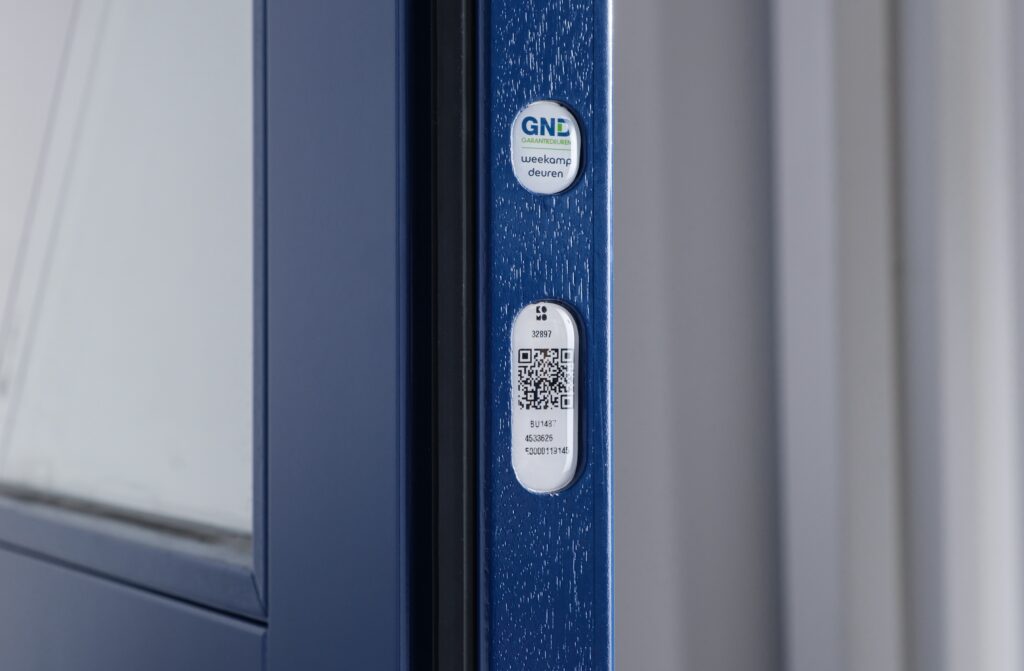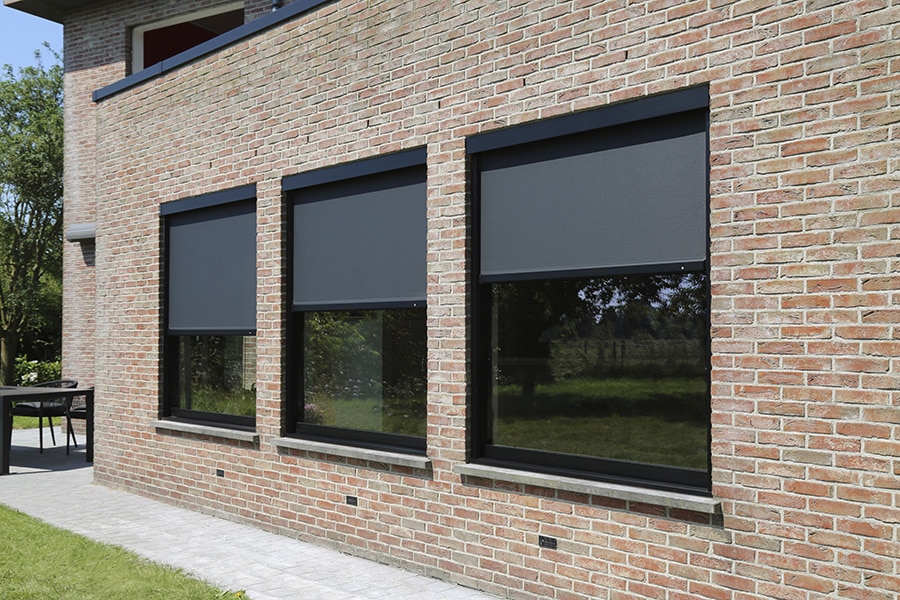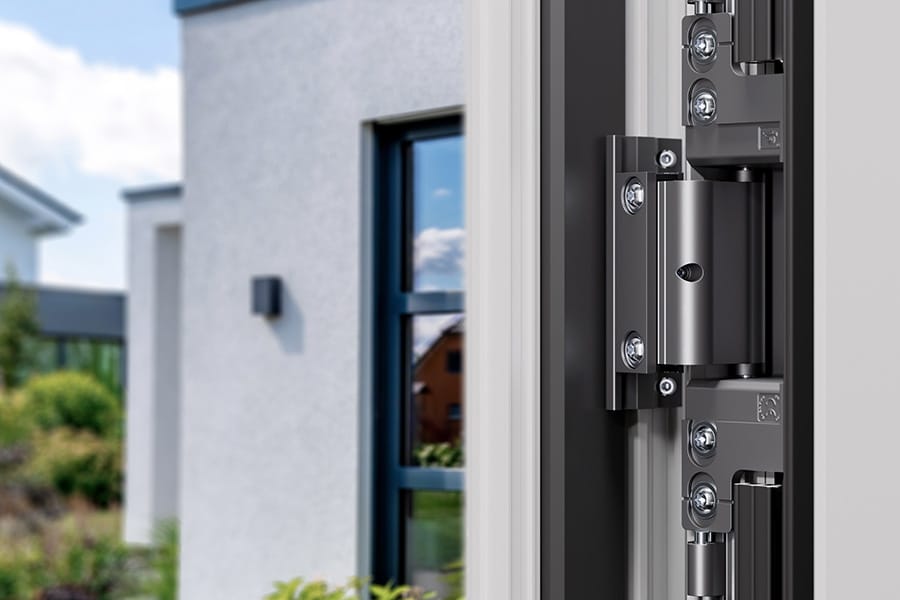
Atriensis Energy Monitor 2025: Insulation makes the difference!
Of the approximately 7 million existing homes, only 33% are adequately insulated. Within the housing association sector, with about 2.3 million homes, 60% now have an energy label B or better. In short, work to be done for further improvement.
Atriensis Energy Monitor 2025: positive benchmark results
The Energiemonitor 2024 indicates an average energy label B for housing associations, and this year the average score is still at label B. However, there is a slight improvement over last year. The positive trend of recent years is definitely continuing this year. This improvement in the average energy label class is mainly due to the implementation of energy measures within the housing stock. The distribution of homes across the energy label classes shows a (desired) decrease in the number of E, F and G labels. Classes D and C are also decreasing. This means that meanwhile 60% now has energy class B or better.
National Performance Agreements
For the second year in a row, the Atriensis Energy Monitor brings sustainability aspects from the National Performance Agreements into focus. Atriensis wants to use this data to make the progress of these aspects visible to housing corporations in the coming years; for example, how is the phasing out of the EFG labels and insulation to the standard, which includes concrete requirements for doors and windows?

Future: towards an energy-neutral Netherlands
The Netherlands is aiming for complete energy neutrality by 2050, with no CO2 emissions from fossil fuels. In order to monitor how far corporations, stakeholders and the government have progressed toward this goal, various measurement methods are being used:
- The energy label: Provides insight into a home's overall energy performance based on insulation, ventilation and systems for heating, hot water, cooling and renewable energy generation.
- The distance from the stand: determines when a home is sufficiently insulated to become natural gas-free, using the net heat demand (kWh/m2 per year) as the calculation measure. This varies by house type, compactness and year of construction. The standard is a good guide when renovating homes.
In addition to the long-term goals toward 2050, there are the renewed National Performance Agreements (end 2024), in which Aedes, the Woonbond VNG and the Ministry of Housing and Spatial Planning, among others, have made agreements on making the built environment more sustainable until 2034. After reassessing the task, housing associations must Phase out by 2028 all homes with energy labels E, F and G.
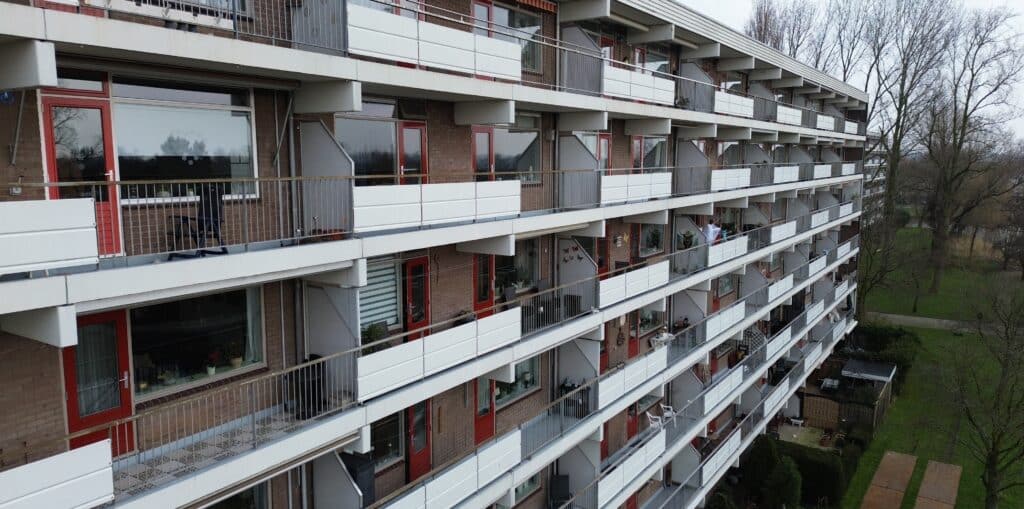
Insulating doors: a smart sustainability solution
Artriensis' Energy Monitor 2025 shows that by now 60% of housing association homes (about 2.3 million in total) have an energy label B or better. This is a clear improvement compared to 2024, mainly thanks to energy measures in the housing stock. Nevertheless, there is still a considerable task ahead to achieve the set targets. Replacing windows and doors plays a crucial role in improving the energy performance of homes. To show the convenience and benefits of this, GND has developed a short film. This explains the work involved and how easy it is to fit a 54 mm door in practice, without major inconvenience to residents.

GND label: proof of the insulation value of doors
EP consultants are allowed to designate SNE doors with insulation class 1, 2, 3 or 4 as insulated during a basic survey. This decision was made in December 2023 by the platform KEGO. The inclusion of this insulation value has a positive influence on the energy label to be issued. Therefore, actively ask for doors with the GND security label.
The GND security label is located on the hinge side of the door. By scanning the QR code on the label, you can immediately see which insulation class the door has. It also provides insight into performance in terms of fire, smoke, sound and burglar resistance.
The 54 mm door: The smart choice for sustainability, less aftercare and greater living comfort
The renovation market is pushing hard for sustainability, yet traditional 38 mm doors are still often chosen. While a 54 mm door is a much better choice. This is why GND has made the insulation value for doors visible. These doors contribute directly to energy efficient living, increased living comfort and lower CO₂ emissions.
Why choose a 54 mm door?
- Higher insulation value: fewer drafts and lower energy bills for residents.
- Simple application: fits most existing wood window frames.
- Sustainable investment: long life and meets the 2050 climate goals.
- Additional benefits: better crack sealing, reduced maintenance, improved sound insulation and increased burglary protection.
For housing associations and property maintenance companies, the 54 mm door offers an opportunity not only to meet current requirements, but also to renovate future-proof. Make a sustainable choice and increase living comfort in your projects. Go for the 54 mm door - small difference, big result!
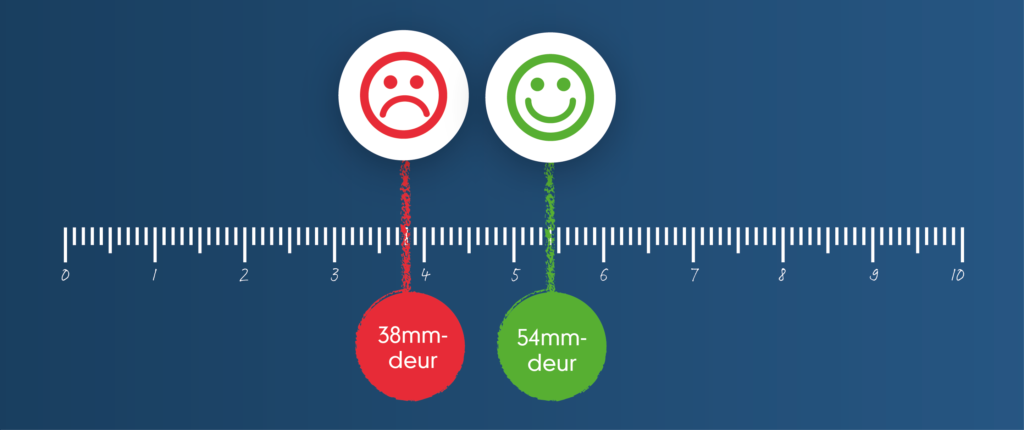
Heeft u vragen over dit artikel, project of product?
Neem dan rechtstreeks contact op met GND Warranty Doors.
 Contact opnemen
Contact opnemen
